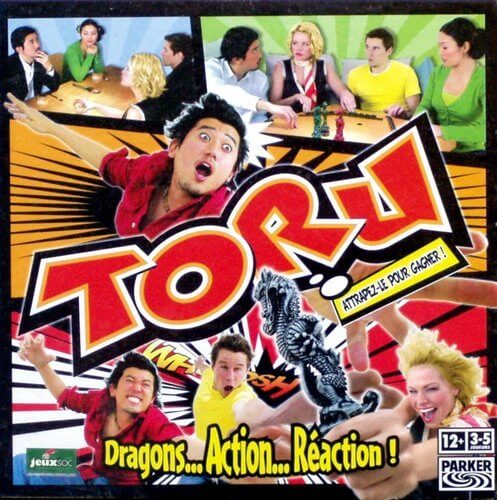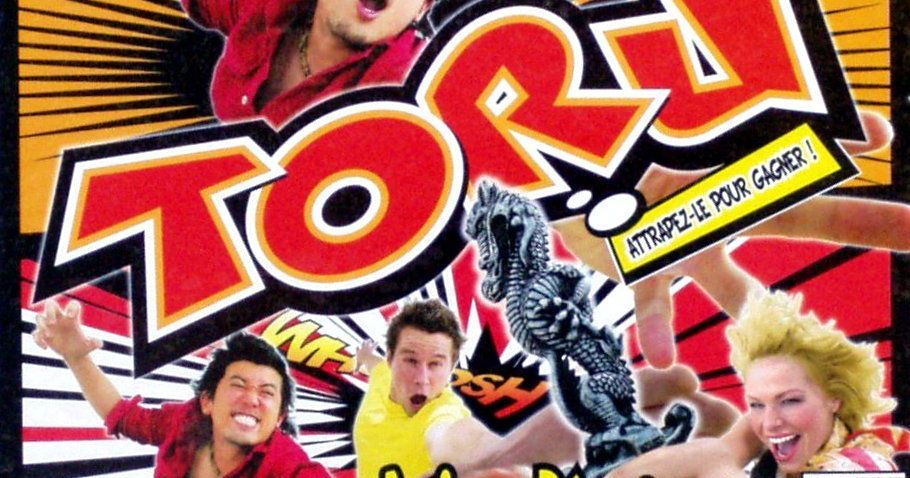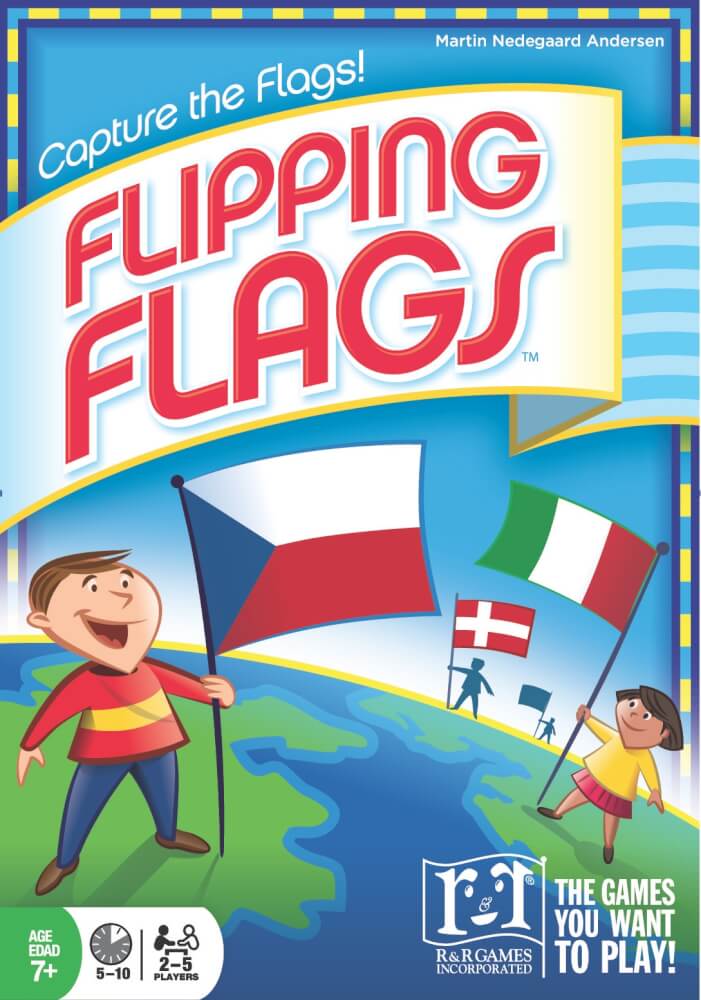
Toru
In Toru, you and your friends will enter a vibrant world of strategies and challenges. The aim is to dominate the board, collecting cards and overcoming obstacles as you move towards victory. Use your cunning to anticipate your opponents' moves, make the most of the opportunities that arise and look for the special items that can turn the game in your favor. Each match is full of surprises and twists and turns, guaranteeing moments of pure fun and competition. Get ready for an exciting experience that will test your skills and bring laughs to your group!Artists: ;
Designers: (Uncredited);
Date: 2005
Note: 6.1
Mechanics: Collecting Sets, Hand Management, Real Time
Topics: Animals, Oriental Culture, Humor
Table of Contents
- How to Play
- Tips for playing
- Game mechanics
- Game components
- Additional Information
OBJECTIVE OF THE GAME

Tips for playing
Here are some tips for doing better in the game Toru:
- Use design strategies such as drag and drop for more intuitive movement.
- Adjust the difficulty level based on player feedback during testing.
- Implement interactive tutorials to guide new players through the game's mechanics.
- Prioritize game optimization to avoid long loading times.
- Encourage players' creativity by allowing in-game customizations.
- Monitor data analysis to understand which levels or challenges are most popular.
- Incorporate sound effects and background music to enhance the immersive experience.
- Test the game's balance regularly to ensure that it remains challenging but fair.
- Consider creating temporary events or challenges to maintain interest over time.
- Develop a community around the game through forums or groups on social networks.
Video about the game
GAME mechanics
- Collecting Sets: This mechanic requires players to gather specific cards or pieces to form predefined sets. Each complete set grants points or special abilities, encouraging players to plan their moves to collect the necessary items. Strategy involves knowing when to focus on collecting specific sets and when to block opponents.
- Hand Management: Players must manage the number and type of cards or pieces in their hand. Making decisions about which cards to play, which to discard and when to use special abilities is crucial. Success depends on the balance between keeping options available and executing decisive actions to achieve the game's objectives.
- Real time: Unlike turn-based games, decisions in Toru can take place simultaneously. Players must think and act quickly, reacting to the actions of others and changes in the game state. This adds a layer of pressure and requires quick reflexes, as well as rapid strategy adjustments to take advantage of opportunities or mitigate risks.
Game components
See all the items in the game below Toru:
- 5 scoring stands
- 39 Torú markers
- 8 Dragon cards
- 4 Dragon Totems
Additional Information
- Ludopedia link: https://ludopedia.com.br/jogo/toru
- Link Tabletopia:
- Amazon Brazil link: Comprar Toru
- Amazon USA link: Comprar Toru


